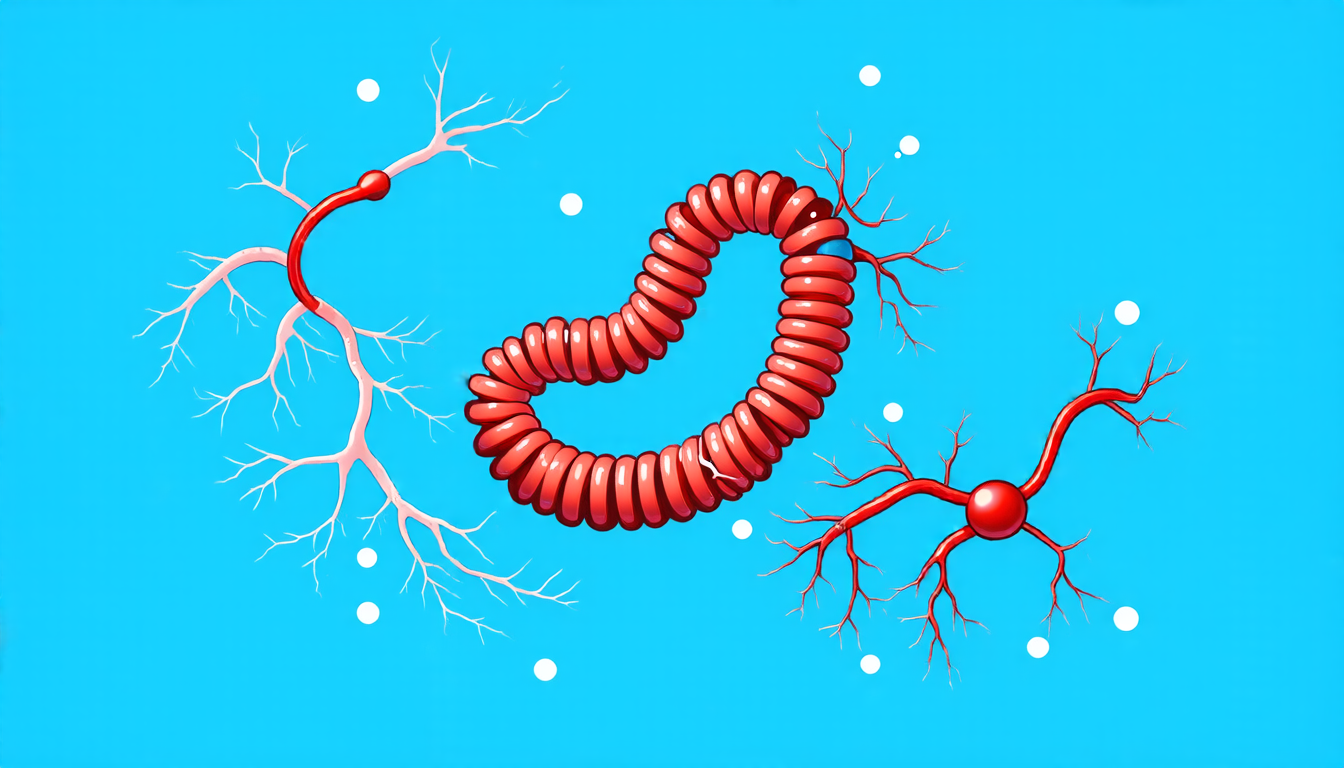Thursday 27 March 2025
Scientists have long been fascinated by the intricate networks of blood vessels that crisscross the human placenta, responsible for delivering oxygen and nutrients to the developing fetus. A recent study has shed new light on the way these vessels work together to facilitate this critical process.
Researchers used a combination of mathematical modeling and computer simulations to investigate the complex interactions between the umbilical cord’s vein and arteries. They found that the unique coiled structure of the cord, which is characterized by regular twists and turns, plays a crucial role in enhancing the exchange of oxygen and heat between the vessels.
The study revealed that the coils create a series of narrow channels through which blood flows, allowing for increased contact between the vessels and promoting more efficient diffusion of oxygen and heat. This process, known as solute exchange, is critical for maintaining the fetus’s healthy development.
The researchers also discovered that the direction in which the cord is coiled affects the efficiency of this exchange. A left-handed coil, where the vein is offset to one side of the cord, was found to be more effective at facilitating oxygen transfer than a right-handed coil. This suggests that the natural handedness of the umbilical cord may play a role in determining the health and well-being of the fetus.
In addition to its implications for fetal development, this research has broader significance for our understanding of fluid flow and heat transfer in complex systems. The study’s findings could potentially be applied to other fields, such as engineering or medicine, where optimizing fluid flow is crucial.
The researchers used a range of techniques to investigate their subject, including histology and ultrasound imaging. They analyzed samples from normal pregnancies and those affected by conditions such as preeclampsia, which can disrupt blood flow and hinder fetal development.
One of the key challenges facing the research team was developing a mathematical model that accurately captured the complex interactions between the umbilical cord’s vessels. They used computer simulations to test their theories and validate their results.
The study’s findings have important implications for our understanding of fetal development and the role of the placenta in supporting the growing fetus. It also highlights the importance of considering the intricate details of fluid flow and heat transfer in complex biological systems.
By shedding light on the intricacies of the umbilical cord, this research has opened up new avenues for investigation into the mysteries of human reproduction.
Cite this article: “Unraveling the Secrets of the Umbilical Cords Role in Fetal Development”, The Science Archive, 2025.
Placenta, Umbilical Cord, Blood Vessels, Oxygen, Nutrients, Fetus, Solute Exchange, Fluid Flow, Heat Transfer, Mathematical Modeling







